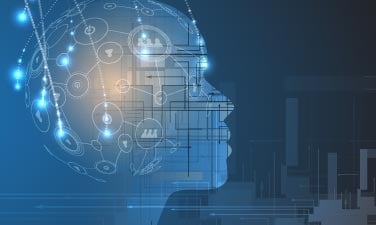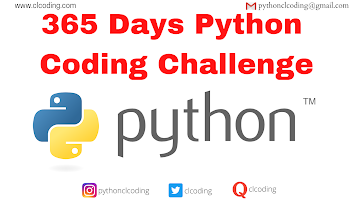Learning LangChain: Building AI and LLM Applications with LangChain and LangGraph
LangChain is an open-source framework designed to simplify the development of applications using large language models (LLMs). It provides a modular and flexible approach to integrating LLMs into applications, allowing developers to build intelligent, scalable AI-powered solutions. Additionally, LangGraph extends these capabilities by enabling structured workflows and multi-agent interactions.
In this blog, we will explore the fundamentals of LangChain and LangGraph, how they work together, and how you can use them to build AI applications.
Understanding LangChain
LangChain provides a high-level interface for working with LLMs, making it easier to develop applications that utilize natural language processing. The core features of LangChain include:
Prompt Engineering: Efficiently designing prompts to get the best responses from an LLM.
Chains: Connecting multiple components together to form structured workflows.
Memory: Allowing AI applications to retain context over interactions.
Retrieval: Enhancing LLM responses by integrating external knowledge sources.
Agents: Creating AI systems that can autonomously make decisions based on input and data.
Setting Up LangChain
To get started with LangChain, developers need to install the framework and configure it properly. It requires defining a language model, setting up prompt templates, and integrating it into an application workflow. Once set up, LangChain enables seamless interaction with LLMs, providing structured output based on user input.
Introducing LangGraph
LangGraph extends LangChain by providing structured workflows and graph-based execution models. This allows for more sophisticated AI applications that involve multiple steps, decision-making, and agent interactions.
Key Features of LangGraph
Multi-Agent Systems: Facilitating collaboration between multiple LLMs or AI agents.
Graph-Based Execution: Enabling non-linear workflows with branching logic.
Enhanced Control Flow: Allowing developers to specify exact execution paths and dependencies.
Using LangGraph for AI Workflows
LangGraph helps in structuring AI applications by defining workflows in a graph-based manner. It enables step-by-step execution of tasks, allowing AI models to process input efficiently. By incorporating LangGraph, developers can create AI-driven pipelines that follow logical decision paths.
Combining LangChain and LangGraph
When used together, LangChain and LangGraph enable powerful AI applications. Some potential use cases include:
Conversational AI: Chatbots with memory and structured decision-making.
Document Processing: Automated summarization, categorization, and sentiment analysis.
Multi-Agent AI Systems: Complex AI workflows that involve multiple LLMs.
Additional Topics in LangChain and LangGraph
To further explore LangChain and LangGraph, here are some additional key topics:
LangChain for Enterprise Applications: How businesses can integrate LangChain for customer support, analytics, and automation.
Advanced Prompt Engineering Techniques: Optimizing prompt structures for better AI responses.
LangChain and Retrieval-Augmented Generation (RAG): Enhancing AI applications with external knowledge sources.
Multi-Agent Collaboration with LangGraph: Implementing multiple AI agents to work together for problem-solving.
Ethical Considerations in AI Development: Addressing biases, fairness, and transparency when using LLMs.
Scaling AI Applications with LangChain: Strategies for deploying LangChain in production environments.
Real-World Case Studies: Examples of companies leveraging LangChain and LangGraph for innovative applications.
Hard Copy : Learning LangChain: Building AI and LLM Applications with LangChain and LangGraph
Kindle : Learning LangChain: Building AI and LLM Applications with LangChain and LangGraph
Conclusion
LangChain and LangGraph are powerful tools for building AI applications. While LangChain provides modular components for working with LLMs, LangGraph introduces structured workflows to enhance AI capabilities. By leveraging both, developers can create scalable and intelligent AI-driven applications with ease.
Start experimenting today and unlock the full potential of AI development!







.jpg)






.png)

.png)







.jpg)



.png)










.png)

.png)









0 Comments:
Post a Comment